Introduction
Balancing business goals and employee well-being is essential for sustainable growth in today’s competitive market. Companies that successfully integrate these two aspects often see improved performance, innovation, and employee satisfaction. This article explores the significance of balancing business objectives with employee well-being and outlines effective strategies modern businesses can adopt. With Intention Consulting, experts in HR consulting, provide insights on creating harmonious work environments that foster both business success and employee happiness.
1. The Significance of Prioritising Employee Well-being for Business Success
In the current business landscape, prioritizing employee well-being is not just a nice-to-have but a crucial element for achieving long-term business goals. Focusing on employee engagement, cultivating a positive organisational culture, and understanding the implications of employee turnover can significantly impact a company’s success.
1.1 How Employee Engagement Drives Business Performance
High levels of employee engagement are directly linked to improved productivity, innovation, and customer satisfaction. Engaged employees are more likely to be motivated, committed, and proactive in their roles. They contribute more effectively to achieving business objectives and are less likely to leave the organization, thereby reducing recruitment and training costs. A Gallup study found that companies with highly engaged workforces outperform their peers by 147% in earnings per share, underscoring the critical role of engagement in driving business performance.
1.2 The Role of Positive Organisational Culture in Nurturing Well-being and Engagement
A positive organisational culture characterised by trust, open communication, and work-life balance initiatives is essential for nurturing employee well-being and engagement. Companies that foster such a culture often experience higher employee morale, reduced turnover rates, and enhanced productivity. For example, Google is renowned for its culture of innovation and employee-centric policies, which include flexible work arrangements and wellness programs. This has not only made Google a top employer but also a highly successful business.
1.3 Understanding the Financial and Productivity Implications of Employee Turnover
Employee turnover incurs significant costs, both direct and indirect. Direct costs include expenses related to recruitment, hiring, and training new employees. Indirect costs involve lost productivity, decreased morale, and the potential disruption of team dynamics. The Society for Human Resource Management (SHRM) estimates that the cost of replacing an employee can range from six to nine months of the departing employee’s salary. Therefore, understanding these implications helps businesses implement strategies to retain talent and maintain productivity.
2. Strategies for Cultivating a Harmonious Work Environment that Supports Both Business Goals and Employee Well-being
Modern businesses can implement practical strategies to balance driving results and taking care of their employees. This section introduces effective approaches for creating a harmonious work environment.
2.1 Embracing Remote Work and Flexibility Initiatives
Adopting a remote or hybrid work model can lead to increased job satisfaction and reduced stress levels for employees. The COVID-19 pandemic accelerated the shift towards remote work, and many organisations have recognised its benefits. A Zippia study found that 68% of employees feel more productive when working remotely, and 75% report that they have a better work-life balance. By embracing remote work, companies can attract and retain top talent while enhancing employee well-being.
2.2 Leveraging Technology for Efficient Collaboration and Task Management
Project management tools like Asana, Trello, and Slack streamline workflows and enable better work prioritisation, helping to mitigate the negative effects of multitasking on productivity and employee well-being. Effective use of these tools can lead to significant improvements in team collaboration and task management. The Report on Global Project Management (RGPM) indicates that organisations that leverage project management software experience a 27% reduction in project costs and a 22% increase in productivity.
2.3 Fostering a Culture of Work-Life Balance and Effective Time Management
Promoting healthy time management habits and providing resources and training support employees in maintaining work-life balance. Practical tips for enhancing time management skills, based on the Timewatch study, include setting priorities, avoiding multitasking, and using time-blocking techniques. Companies can create environments that value work-life balance by encouraging regular breaks, discouraging overtime work, and implementing flexible scheduling policies. For instance, Buffer, a social media management company, has implemented a four-day work week, leading to increased employee satisfaction and productivity.
3. Nurturing Trust and Empowerment: The Foundation for a Successful Business-Employee Relationship
Trust plays a vital role in fostering employee engagement, creativity, and loyalty. This section discusses the importance of building trust and empowering employees for business success.
3.1 Meeting the Changing Needs of Employees in a Diverse Workforce
Organizations can align with evolving employee expectations by emphasizing purpose-driven work and inclusive company values. A Deloitte survey found that 83% of millennials are more engaged when they believe their company fosters an inclusive culture. Four key strategies for meeting these expectations include effectively communicating purpose and values, creating mechanisms for employee feedback, ensuring transparency, and providing opportunities for professional development. By aligning business practices with employee values, companies can enhance engagement and retention.
3.2 Empowering Leadership: Trust-Building in Times of Change and Uncertainty
Leaders play a crucial role in building trust, especially during organizational transitions or crises. The PwC CEO Survey and Edelman Trust Barometer highlight the importance of transparent communication and empowering management practices. Leaders can demonstrate trustworthiness by involving employees in decision-making processes, following through on commitments, and maintaining open lines of communication. For example, during the COVID-19 pandemic, companies that communicated transparently and supported their employees’ well-being saw higher levels of trust and engagement.
Conclusion
Modern businesses must prioritize both financial objectives and employee well-being to achieve sustainable success. By implementing the strategies discussed, companies can create thriving work environments that balance business goals with employee happiness. For expert guidance on creating such an environment, consult With Intention Consulting, where business success and employee well-being go hand in hand. Adopting a holistic approach that considers the unique needs and dynamics of each organization will pave the way for long-term growth and prosperity.

